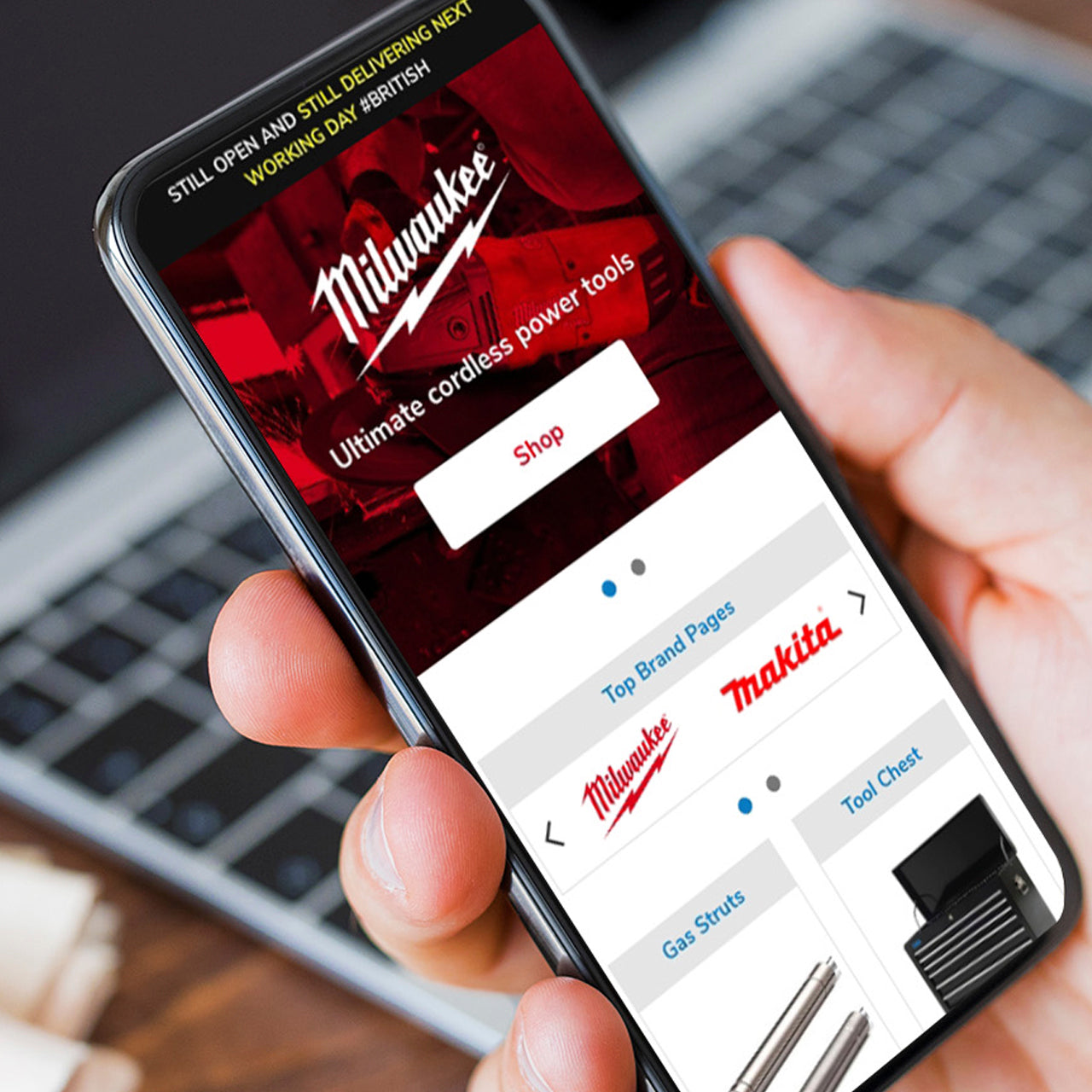Using NGINX for SSL Termination with Varnish and Magento 2
19 June 2019

Configuring NGINX for SSL termination with varnish can be tricky to get your head around
Even looking at articles found online, it can still be difficult getting the configuration right.Eventually, after some reading and trial and error, we developed a configuration that worked.
Understanding the concept
The below graph shows how nginx handles incoming requests and how they are passed off to varnish, and then back to nginx if required.

The above image shows that any HTTP request is immediately redirected to our HTTPS configuration in NGINX. E.g.
server {
listen 80;
server_name domain.co.uk;
return 301 https://$host$request_uri;
}
In the HTTPS (443/SSL) configuration, we use the below configuration to pass the request to Varnish to serve either cached request or get it from our backend.
servier {
listen 443;
ssl details…
location / {
proxy_pass http://127.0.0.1:6081;
proxy_set_header X-Real-IP $remote_addr;
proxy_set_header X-Forwarded-For $proxy_add_x_forwarded_for;
proxy_set_header X-Forwarded-Proto https;
proxy_set_header X-Forwarded-Port 443;
proxy_set_header Host $host;
}}
The configuration for SSL/443 should be fairly minimal as the configuration for the Magento website (e.g. $MAGE_ROOT) will be declared within the port 8080 NGINX config area.
In our varnish configuration file (default.vlc). We have the following backend configuration:
backend default {
.host = "127.0.0.1";
.port = "8080";
}
You should also include the Magento 2 Varnish configuration settings (located under STORES > Configuration > ADVANCED > System > Full Page Cache).
And in our Varnish params file (varnish.params) we have used the default port:
VARNISH_LISTEN_PORT=6081
And finally, we have our NGINX configuration for port 8080.
server {
listen 8080;
server_name domain.co.uk;
set $MAGE_ROOT /var/www/vhosts/domain.co.uk/live/httpdocs;
root $MAGE_ROOT/pub;
index index.php;
autoindex off;
charset UTF-8;
location / {
try_files $uri $uri/ /index.php?$args;
}
etc….
}
As mentioned earlier, in the port 8080 configuration you should use the usual Magento NGINX configuration settings.
Contact Us to discuss how we can help increase sales and boost your online performance!
INSIGHTS
CASE STUDIES

Pantherella
Magento 1 migration, front-end development, and Magento 2 support for sock manufacturer Pantherella. Learn more about our work with Pantherella.
-
Magento -
-
Support

Fired Earth UX Improvements
Absolute worked with Fired Earth to deliver a programme of UX improvements.
-
Magento -
-
Support

Furnify
A modern homepage redesign with customer UX in mind, from design stage to using Magento 2’s powerful pagebuilder to make use of the latest functionalities.
-
Magento -
-
Support

SGS Engineering
Magento 1 to Magento 2 Open Source Migration Success for SGS Engineering.
-
Magento -
-
Support

Fired Earth
A design and user experience study for a legendary lifestyle brand plus migrating their ecommerce store from Magento1 Enterprise to M2 Commerce Edition.
-
Magento -
-
Support

Embody
Driving revenue and improving overall performance for Embody, using our expertise in Magento, eCommerce, UX, and web design and development.
-
Magento -
-
Support
CONTACT
Are you excited to get your next project up and running? Or are you unsure what is dragging you down?
Contact Us to discuss how we can help increase sales and boost your online performance!

Enter your email address to sign up to our newsletter, featuring case studies, insights, industry news and much more.
If this is something you would like help with, please get in touch.







